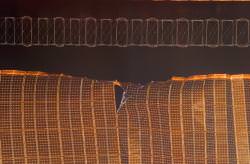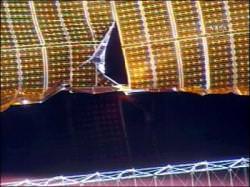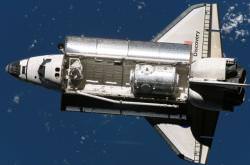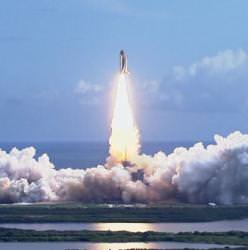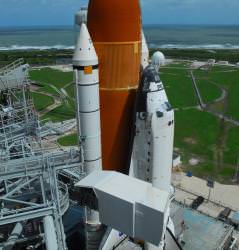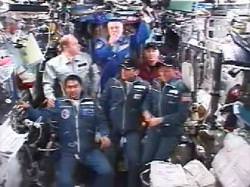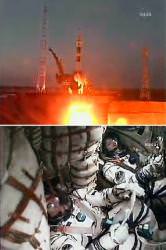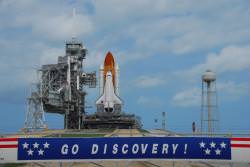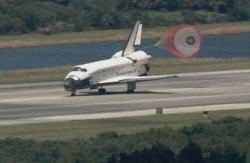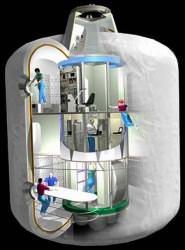With all that fancy camera equipment, the NASA astronauts took more detailed images of the damaged solar panels on the International Space Station. These are the images NASA engineers will use to figure out what kind of risk the panel faces if it’s fully deployed, and what kinds of repairs could be done to minimize the damage. Oh, and the next spacewalk has been delayed to Friday.
Because of the damaged panel, managers at NASA decided to change up their plans for the next few days. Instead of their originally scheduled spacewalk, to demonstrate tile repair techniques, the astronauts will now be focusing on damage assessment and repair.
They’ve got to have another look at the malfunctioning rotary joint on the right-hand side of the station. The joint is currently parked because the mechanism was vibrating too much, and consuming energy. When astronaut Daniel Tani looked inside, he found evidence that the mechanism was grinding together, shedding tiny metal shavings. During the latest spacewalk, the astronauts looked at the right-hand side and found that it was working fine.
The tear in the solar array happened during the latest spacewalk on Tuesday. The astronauts had just completed the redeployment of the solar array to its new home, and were extending the panels. A portion of the panels were invisible in the glare of the Sun, so the astronauts didn’t notice its damage until it was too late.
The 80 cm tear in the array was probably caused when a guide wire snagged one of the hinges that allow the panels to fold up tight. As the panel was extended, one flap hooked onto this guide wire and tore along the fold.
NASA is now in a bit of a bind. Although they’re generating power now, they’ll work best when fully extended. There are also structural problems with having the array not fully extended. For the time being, both rotary joints have been locked shut, protecting the panels, but reducing the station’s ability to generate power.
Original Source: NASA News Release

